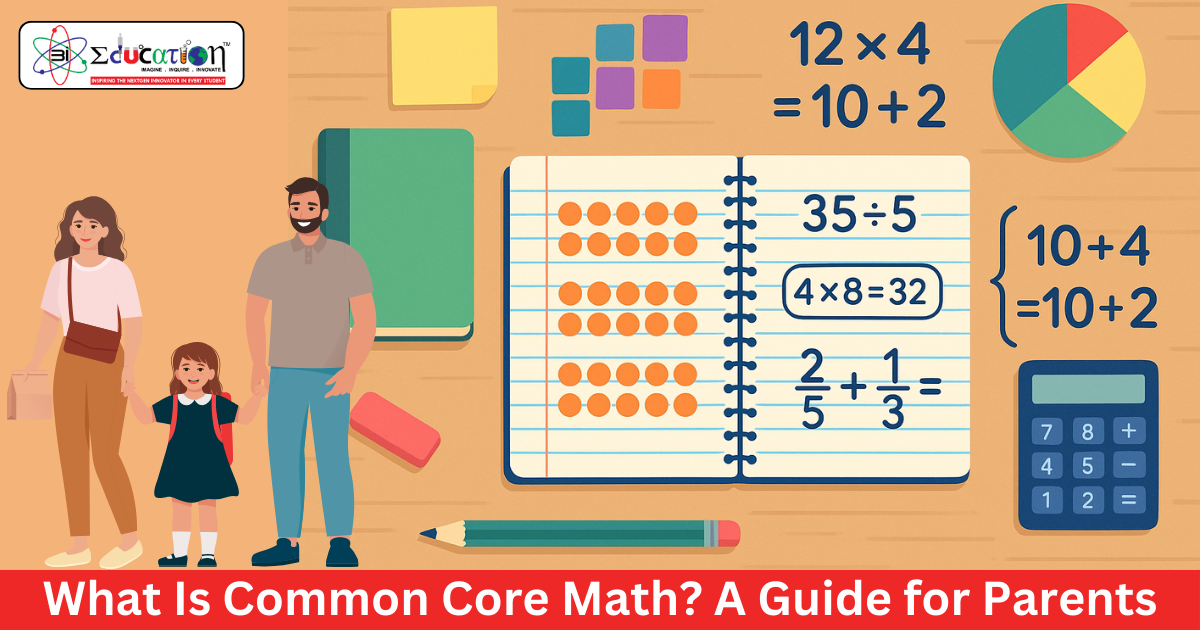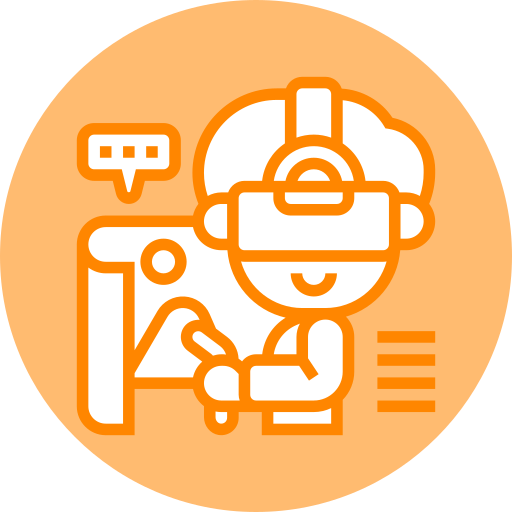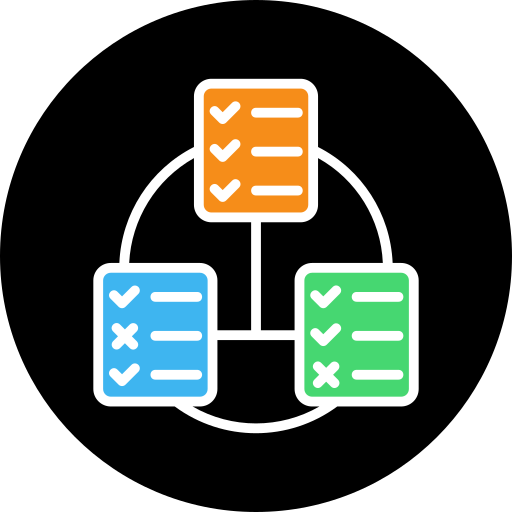
As a parent, you might have noticed that the way your child is learning math differs significantly from how you were taught. This shift is due to the adoption of the Common Core State Standards (CCSS) in many schools across the United States. Understanding these changes can help you better support your child’s education. Let’s explore what Common Core Math is, why it was introduced, and how you can assist your child in navigating this new approach.
Understanding Common Core Math
Common Core Math is a set of educational standards that outline what students should know and be able to do in mathematics at each grade level. The goal is to ensure consistency in math education across states and to better prepare students for college and careers. Unlike traditional methods that often emphasized rote memorization, Common Core focuses on developing a deeper understanding of mathematical concepts and applying them to real-world situations.
Key Shifts in Common Core Math
The introduction of Common Core Math brought about several significant changes in teaching and learning:
- Focus on Fewer Topics: Rather than covering numerous topics superficially, the standards emphasize a deeper understanding of fewer key concepts at each grade level. This approach allows students to build a solid foundation before moving on to more complex topics.
- Coherence Across Grades: The curriculum is designed to be coherent, meaning that each grade’s learning builds upon the previous one. This progression helps students connect concepts over time, fostering a cumulative understanding of mathematics.
- Emphasis on Understanding and Application: Students are encouraged to understand the ‘why’ behind mathematical procedures, not just the ‘how.’ This emphasis on conceptual understanding enables them to apply math skills to solve real-world problems effectively.
Common Core Math Standards by Grade Level
Here’s a brief overview of the focus areas in Common Core Math across different grade levels:
- Grades K-2: Concepts, skills, and problem-solving related to addition and subtraction.
- Grades 3-5: Multiplication and division of whole numbers and fractions.
- Grade 6: Ratios, proportional relationships, and early algebraic expressions and equations.
- Grade 7: Advanced ratios, proportional relationships, and arithmetic of rational numbers.
- Grade 8: Linear algebra and functions.
Why the Change?
The shift to Common Core Math aims to address concerns that traditional math education in the U.S. was “a mile wide and an inch deep,” covering too many topics without ensuring deep understanding. By narrowing the focus and emphasizing depth, the standards strive to help students develop critical thinking and problem-solving skills essential for success in the modern world.
Source : Wikipedia
How Common Core Math Is Taught
In the classroom, Common Core Math encourages students to explore multiple methods for solving problems. For example, instead of solely relying on standard algorithms, students might use visual models like number lines or arrays to understand multiplication and division. This approach helps them grasp the underlying concepts and recognize the connections between different mathematical ideas.
Challenges for Parents
Many parents find themselves puzzled by their child’s math homework under the Common Core approach. The methods may seem unfamiliar, and the emphasis on conceptual understanding can be challenging if you’re accustomed to traditional procedures. However, this shift aims to equip students with a more profound comprehension of math, enabling them to apply their knowledge flexibly and effectively.
How You Can Support Your Child
Supporting your child through this transition is crucial. Here are some practical ways to help:
- Maintain a Positive Attitude: Your perspective on math can significantly influence your child’s attitude. Encourage a growth mindset by emphasizing that everyone can improve in math with effort and persistence.
- Engage with Real-World Math: Incorporate math into daily activities. For instance, cooking can involve measuring ingredients, and shopping can include calculating discounts. These real-life applications make math relevant and enjoyable.
- Utilize Educational Resources: There are numerous online platforms and apps designed to align with Common Core standards. Tools like Khan Academy offer tutorials and practice exercises that can reinforce classroom learning.
- Communicate with Teachers: Establish an open line of communication with your child’s teacher. They can provide insights into the curriculum and suggest specific strategies or resources to assist with homework and concept mastery.
- Be Patient and Encouraging: Learning new methods can be challenging. Offer your child patience and encouragement, focusing on their effort rather than just the outcome. Celebrate their progress to build confidence.
Resources for Further Understanding
To deepen your understanding of Common Core Math and find additional support, consider exploring the following resources:
- Study.com: Offers comprehensive explanations and resources tailored for parents.
- “Common Core Math For Parents For Dummies”: A book designed to help parents navigate the standards and support their children’s learning.
- YouTube Tutorials: Visual explanations can be particularly helpful. Channels dedicated to Common Core Math provide step-by-step guides on various topics.
Conclusion
The introduction of Common Core Math represents a significant shift in mathematics education, aiming to foster deeper understanding and practical application of mathematical concepts. As a parent, familiarizing yourself with these changes and actively supporting your child’s learning journey can make a substantial difference in their academic success. At 3iEducation, we recognize the challenges that come with adapting to new educational standards. Our resources and programs are designed to assist both students and parents in navigating Common Core Math effectively, ensuring a solid foundation for future learning.







